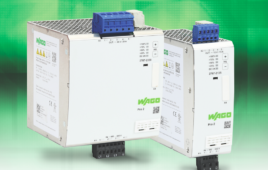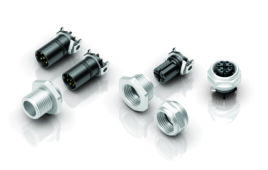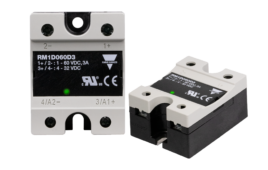Urbana, OH — After a European debut in January of this year, Rittal’s industry-leading Thermoelectric Coolers are now available in the United States–giving Rittal Corporation customers access to these innovative enclosure cooling solutions for their IP 54/NEMA 12 applications and completing Rittal’s TopTherm product family’s lower-range cooling capacity offering.

Rittal’s thermoelectric coolers employ the “Peltier Effect” to provide 340 BTU’s (100 W) of cooling output without refrigerants or gases and with very few moving parts. This is achieved by passing an electric charge through a series of semiconductors which, as discovered by 19th Century physicist Jean-Charles Peltier, lowers the temperature of the “Peltier element.” Fans are then used to circulate the cool air generated by the Peltier element to provide cooling for the enclosure.
Small in size (16” H x 5” W x 6” D), and the lightest thermoelectric cooler on the market at a mere 7 lb, Rittal’s versatile thermoelectric coolers can be mounted internally or externally, horizontally or vertically and produce very little noise or vibration. Their flexibility and low-vibration operation make them an ideal cooling solution for pendant arm and other HMI applications or any small-to-medium size enclosures used in high precision processes or to house sensitive electronics.
Energy efficiency and a long service life were both engineered into Rittal’s thermoelectric coolers with variable speed, “soft starting” fans that translate to 60% more efficient operation than competitor offerings and an enhanced lifespan. Ready to use out of the box, the units (24 VDC and 110V-230V AC ±10% tolerance) come fully wired and prepared for attachment to a power source. User convenience is further enhanced by an RJ45 interface that can be used for remote monitoring with Rittal’s CMC-TC monitoring system as well as a USB interface for programming and making necessary temperature adjustments.
Rittal
www.rittal-corp.com
::Design World::
Filed Under: Cabinets • enclosures • control panels, ELECTRONICS • ELECTRICAL





Tell Us What You Think!